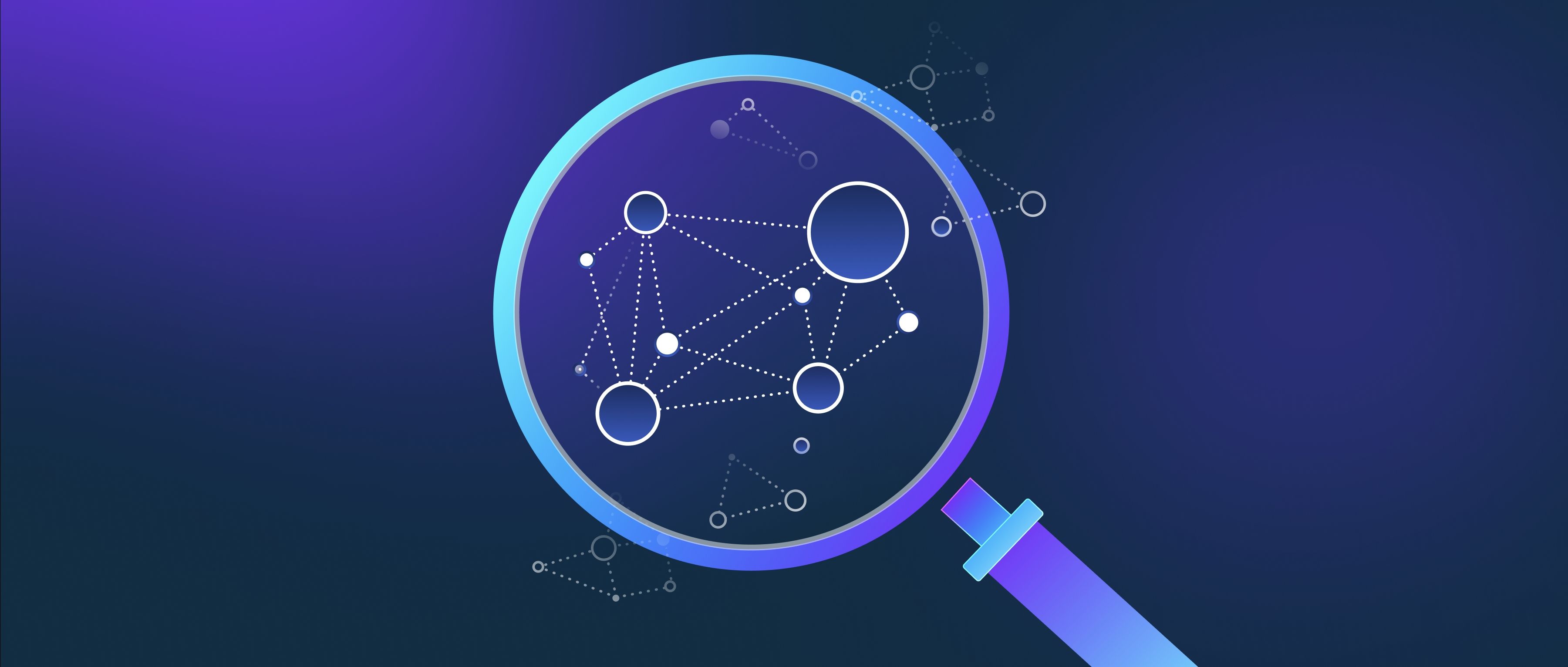To protect user data, organizations implement a range of security measures designed to safeguard information from unauthorized access, breaches, and other threats. One of the fundamental measures is encryption, which involves converting data into a code that can only be deciphered with a specific key. For instance, services like HTTPS use SSL/TLS protocols to encrypt data transmitted between users and servers, ensuring that sensitive information, such as login credentials and personal details, is secure during transfer.
In addition to encryption, access controls are critical in protecting user data. This involves setting permissions that dictate who can view or modify specific data. Multi-factor authentication (MFA) is often employed, requiring users to provide two or more verification methods, such as a password and a smartphone notification. This way, even if an attacker gains access to a password, they would also need the second factor to reach the account. Regularly updating access controls and conducting audits can also help identify and eliminate potential security loopholes.
Finally, organizations must stay vigilant with ongoing security practices, including regular monitoring and incident response strategies. Security Information and Event Management (SIEM) systems can help manage and analyze security alerts in real-time, allowing IT teams to respond quickly to potential threats. Moreover, conducting regular security training for employees can raise awareness about phishing attacks and social engineering, which are common methods used to compromise user data. By combining these measures—encryption, access controls, and ongoing monitoring—organizations can create a robust framework to protect user data effectively.
